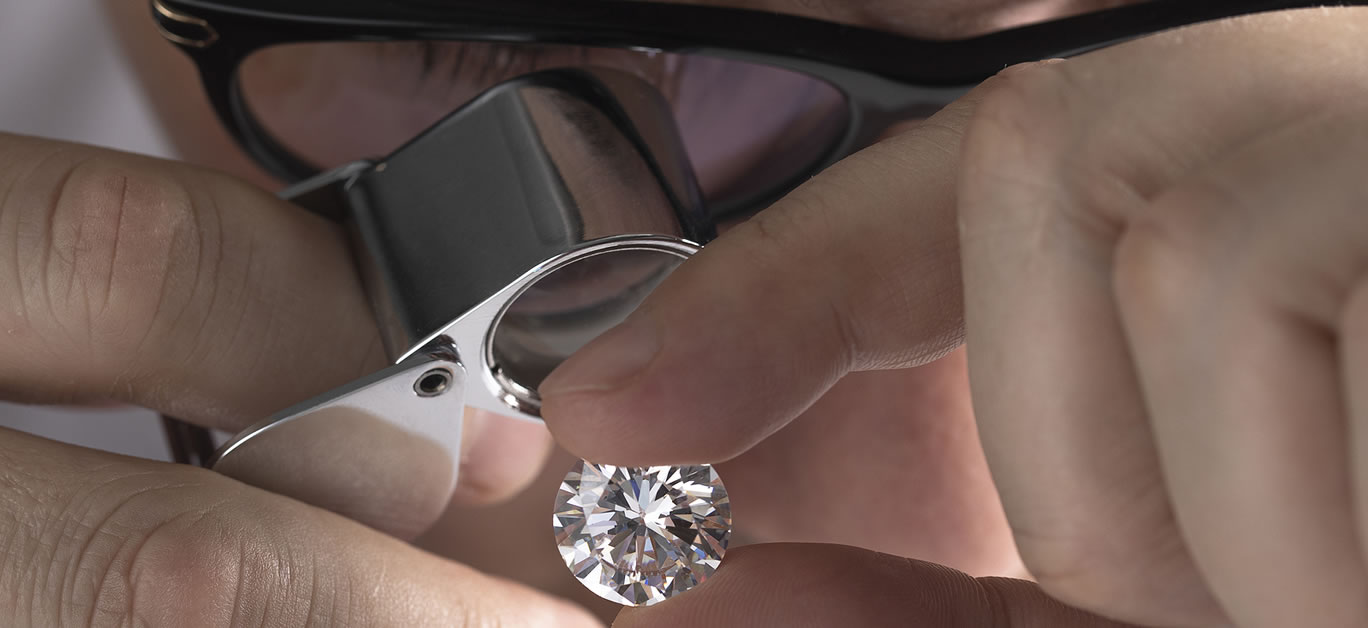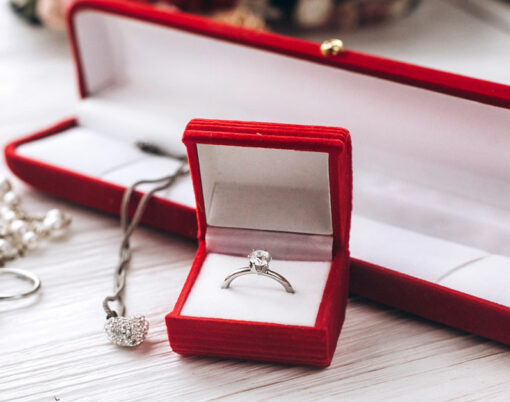Over the past few years, there has been a huge rise in the number of lab-grown gemstones. This was in a bid to combat the extensive and sometimes destructive processes that occur in the mining of natural gemstones. But as more lab-grown gemstones infiltrate the jewellery market, it is essential to distinguish them from natural gemstones. Here is your step-by-step guide.
What are natural gemstones?
Natural gemstones are rock substances or minerals that occur organically through natural processes in the earth’s crust. They came to be regarded as gemstones because of certain desirable properties they possess.
Gemstones, when made into jewellery, are cut and polished to have distinct outlines. In the jewellery world, the most common shapes for gemstones are:
- Round: The round cut is probably the oldest cut made for gemstones and gives a classic property to jewellery.
- Oval: Oval gemstones are spherical with an elongated bulge on two opposite ends.
- Marquise: A modification of the oval shape that makes each elongated end terminate in a sharp point.
- Pear: Pear-shaped gems have a teardrop outline. They are mostly worn as pendants and earrings.
- Briolette: A modification of the pear shape that results in one overly elongated, pointed end.
- Square: The square or rectangle is the most popular shape given to engagement rings. It gives a simple but classy look.
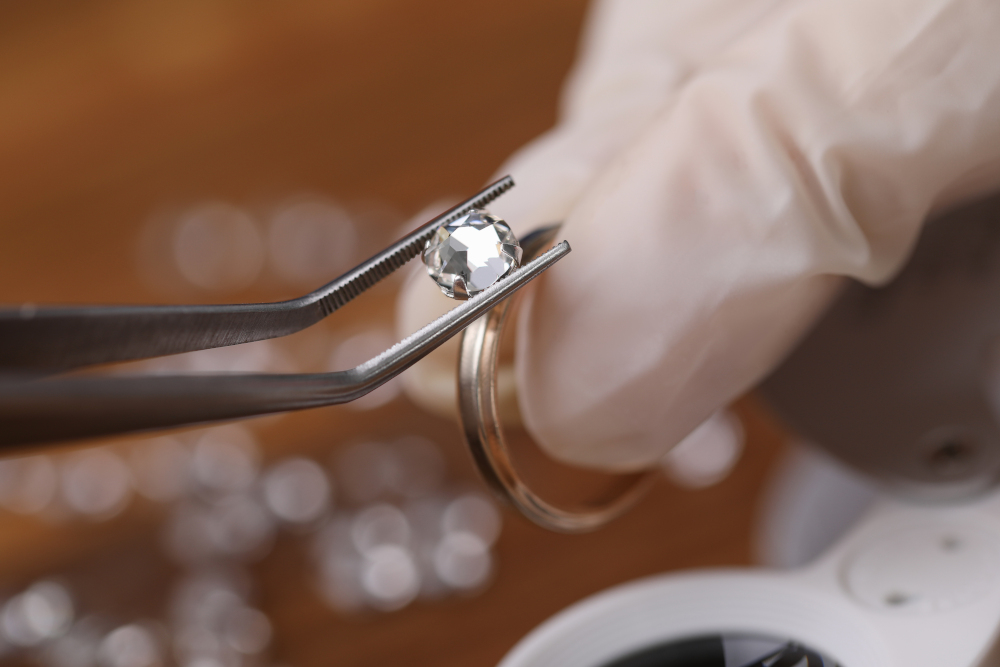
What are lab-grown gemstones?
As you might guess, just as the name suggests, they are created in a lab. Some lab-grown gemstones like Biron Gems are made to have the same physical, optical and chemical compositions as natural gemstones and mimic the processes that occur in the formation of natural gemstones.
Lab-grown gemstones are classified into three distinct types:
- Man-made: This accounts for all gemstones that were created by man, whether they were meant to mimic a natural gemstone or not.
- Synthetic: These are the lab-grown variations of natural gemstones. They come with the same chemical and physical features as natural gems.
- Simulant: Simulant gemstones do try to mimic a particular natural gemstone but will not have the same chemical properties as that gem. They are made from different raw materials using cheaper, easier means.
Formation of gemstones in natural and lab-grown
Natural gemstones are mined from the earth’s crust in scattered deposits. Such deposits are formed by a combination of chemical processes that occur over centuries.
Igneous rocks, for example, through the action of water and wind, become eroded and form sedimentary rocks in other regions. When extreme heat and pressure occur in such sedimentary rocks, it can trigger melting of the components which leads to the formation of crystals as new metamorphic or igneous rocks are formed. These crystals are retrieved from the earth crust and refined for use as natural gemstone jewellery.
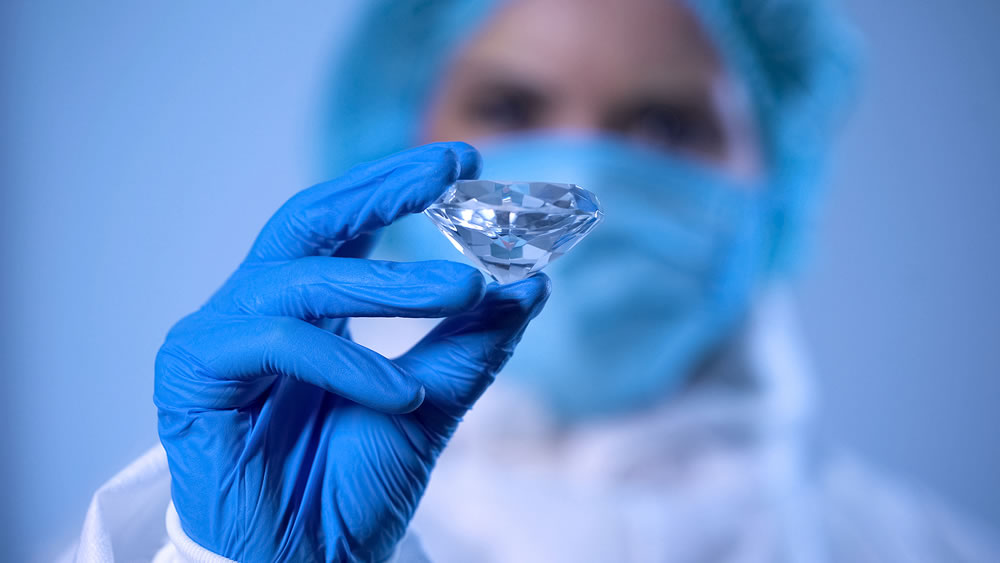
Lab-grown gemstones are created by mimicking the processes that occur in the creation of natural gemstones and are produced through these methods:
Chemical Vapour Deposition (CVD)
Diamond, which is essentially made from carbon, is most commonly created in the laboratory using CVD. A carbon-rich gas is made to break down, and the dissociated gases are deposited on a seed diamond. The vacuum environment makes the gases crystalize on the initial diamond, and so new diamond crystals are formed.
High Pressure, High Temperature (HPHT)
This process exactly mimics what happens in the earth crust when natural gemstones are created. The principal elements that make up each gemstone are made to pass through extreme heat and pressure in the lab to produce their lab-grown variant.
Identify natural and lab-grown gemstones
Lab-grown gemstones are usually very similar to natural ones. They have the same chemical composition and possess similar physical and optical characteristics. Lab-grown gemstones, however, possess fewer flaws than natural ones. While natural and lab-grown gemstones serve similar functions, the ability to distinguish them as a dealer or a jewellery user is important to determine how much value should be placed on such a gem.
Since lab-grown gemstones are produced faster, cost-effective, and of course, are not natural, they are cheaper than natural gemstones of similar carat size.
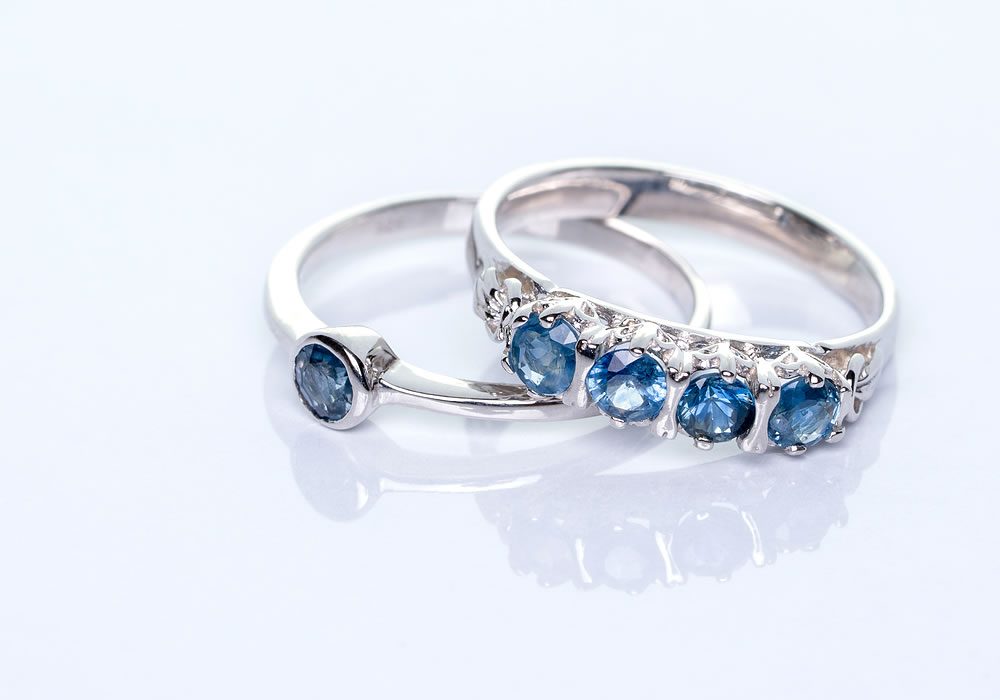
The most credible way to determine the origin of a gemstone is through certifications. Certifications are usually done by approved laboratories to determine the characteristics of a gem such as carat size, cut, shape, hardness scale and origin. This provides ready information on features that cannot be determined by mere observation.
Examples of recognised diamond certifications are Gemological Institute of America (GIA), American Gem Society (AGS), and International Gemological Institute (IGI). They also use different grading systems for natural and synthetic diamonds. GIA, for instance, has its own Laboratory-Grown Diamond Report.
The bottom line
Ethically, lab-grown gemstones are thought to be more eco-friendly. And although natural gemstones have more value, quite frankly, lab-grown derivatives provide even cleaner and less flawed jewellery.
Natural gemstones will always retain their supreme position as naturally occurring substances. However, lab-grown gemstones have many positive prospects and may continue to flourish into the jewellery market.












